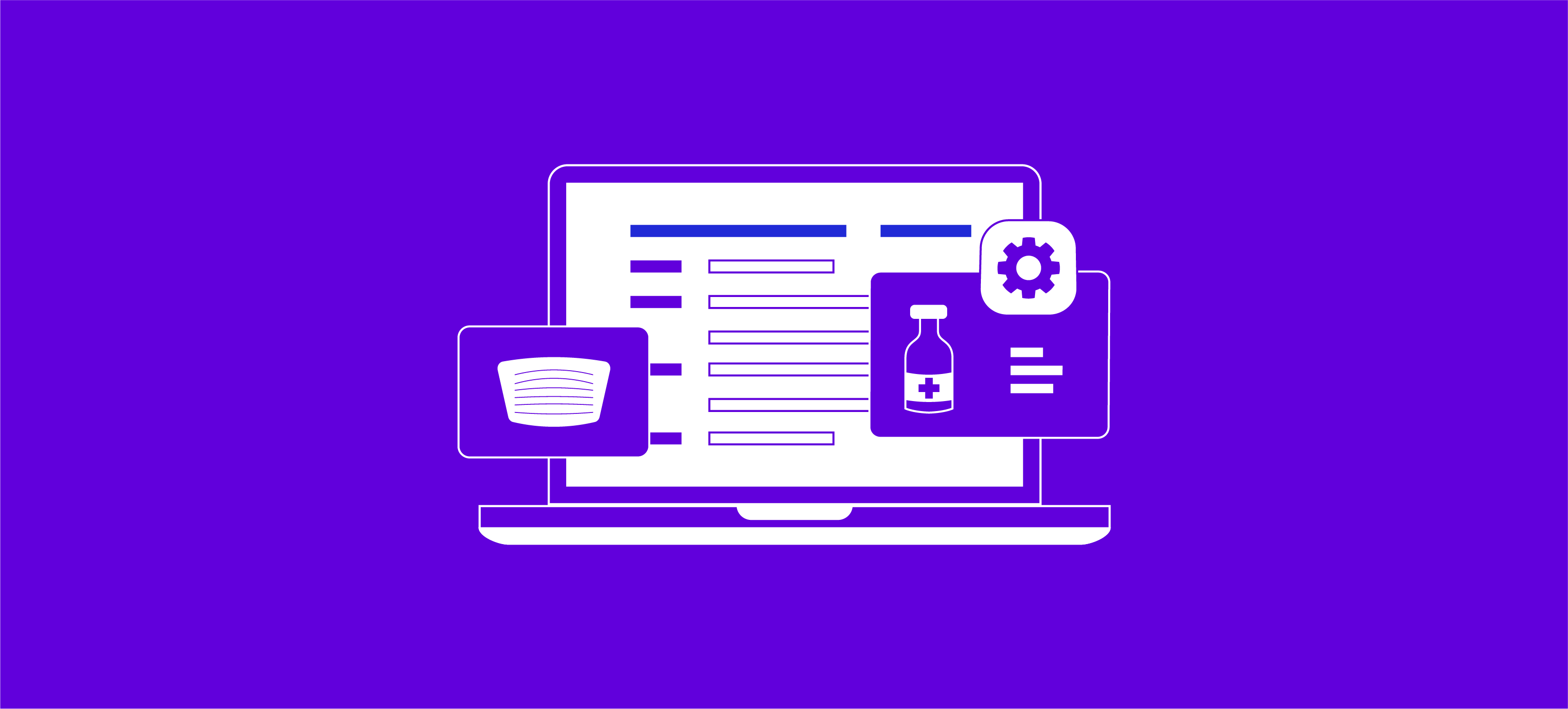How Automated CPT/ICD Code Integration in Provider Privileging Ensures Quality of Patient Care

The main goal of every healthcare facility should be to provide a high quality of care to patients. Ensuring that your providers are properly privileged, practicing the procedures that have been granted, and are adhering to your by-laws and standards for care in treatment and procedures is one of the ways you can help your organization meet this goal.
Integrate Automated CPT/ICD Codes into Your Provider Privileging Software
To achieve the best patient care possible you need to be able to aggregate provider privileging data quickly and effectively. A critical part of being able to do that is integrating and mapping CPT/ICD codes and billing data into your credentialing and provider privileging software.
By using CPT/ICD codes to map a provider's billed procedures to granted privileges, the medical staff office can see how much or how little a provider has been utilizing a granted privilege. This provides another data point for the privilege granter at the time of re-credentialing. Without this information, you may run the potential risk of complications by, for example, allowing an out of practice surgeon to operate on a patient.
Integrated CPT (Current Procedural Terminology) Codes
Every procedure for which a provider can be approved to practice has an CPT (Current Procedural Terminology) associated with it. There are thousands of these CPT codes (symplr’s Cactus Provider Management Platform has 9600 privileges associated to codes in its privilege library) that represent these different procedures. Without having these codes integrated into a provider privileging solution, these codes have to be manually researched and added to each privilege, which can be an inefficient, time-consuming process.
The provider’s approved profile of education, experience, training and certificates does not result in a static status of privileging. Procedures are constantly being redefined, added and subtracted, and your provider’s granted privileges may need to change to mirror these revisions. Providers may also request to be approved for new privileges, in which case their profile will have to be potentially altered again.
Every year, the AMA (American Medical Association) completes this process and expects that each hospital will adhere to the changes. In 2017, there were 117 new CPT codes added, 34 revised and 82 removed across a range of sections. Without having these codes integrated into your system, this process will have to be completed manually. This can result in your hospital being burdened with time commitment and deficiency in resources.
With integrated CPT codes, this process can be avoided. Both physicians and hospital administration can see privileging in real-time with the confidence that it adheres to the latest CPT revisions.
Risk of errors in re-privileging
With a non-automated privileging system, healthcare facilities are forced to resort to time-consuming manual processes which include researching codes and privileges and developing inhouse standards. While this remains a viable process for many facilities, there is one critical area that manual privileging isn't able to address: showing provider procedure experience during the re-privileging process.
During re-privileging, a review process is conducted to ensure that conditions haven't changed to warrant previously-assigned clinical privileges being adjusted. However, what a manual re-privileging process won't shed light on is the amount of time in which procedures were actually performed in the interim.
This can have a significant impact on patient safety. For example, if two physicians have the same privileges - but one hasn't actually performed a procedure in some time - it puts a patient at a greater risk of health complications if they are assigned the less-experienced practitioner over their colleague. Yet as both have been privileged for that procedure, this factor won't be taken into account.
Conversely, privileging automation tools can easily provide a practitioner's procedure history during the re-privileging process, allowing for greater transparency.
Integrated ICD (International Classification of Diseases) Codes
Working in tandem with procedural codes are something called ICD (International Classification of Diseases) codes. These codes are designed to help classify all symptoms, diagnosis and interactions with the patients. Together, they provide a clear picture on the procedure implemented and why the procedure was implemented.
Similar to how CPT codes are constantly being revised, ICD codes are also being updated on a regular basis. Most recently, the ICD code list was updated from ICD-9 to ICD-10 in October 2015, which all HIPAA covered entities must adhere. Again, without having this automated in a system, the updating process would entail research and manual changes by hospital administrators.
This could lead to a number of issues when treating patients and when filing insurance claims. If the procedure implemented does not properly match the diagnosis outlined by the CPT and ICD codes, then this claim would be denied. Issues like this result in wasted resources and potential errors that could be avoided with having the codes integrated into a provider privileging solution.
Focus on Patient Care
Every initiative that a hospital takes on should have the end objective of being able to treat their patients better. Investing resources into having your CPT and ICD codes integrated with a provider privileging solution, like Cactus, saves time, resources, reduces errors and ensures that your physicians are treating patients with the most up-to-date, effective procedures possible.
The next time you find your MSS (Medical Staff Services) department burdened with handling privileging requests manually or through separate systems, consider referring them to Cactus’s streamlined privileging system. With symplr, their processing times will be cut down significantly coupled with higher levels of accuracy resulting in significant reduction in errors, and hence improved quality of patient care.